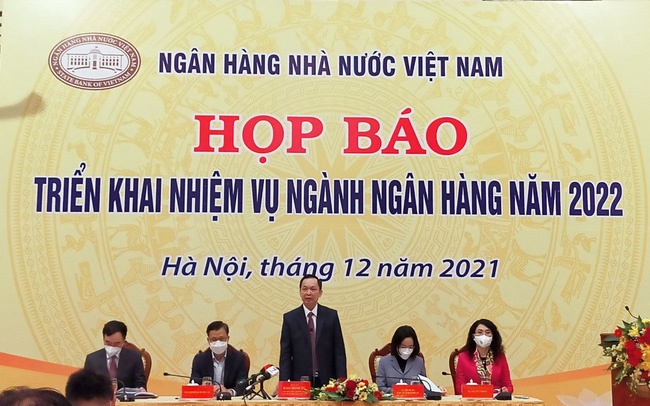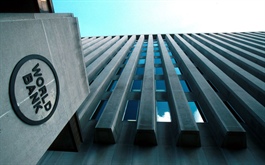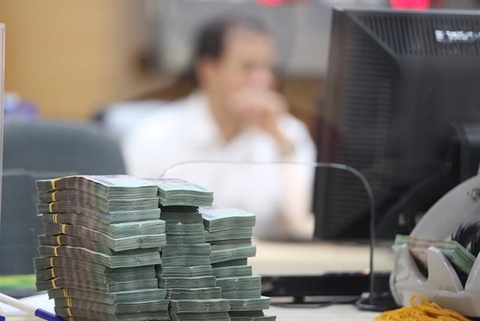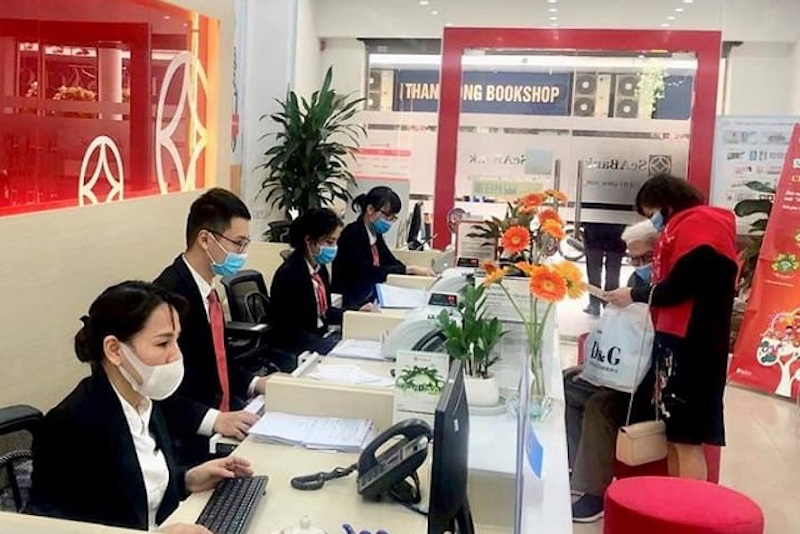Vietnam's credit growth expands by 13% in 2021
Vietnam's credit growth expands by 13% in 2021
Next year, the State Bank of Vietnam expects the credit expansion to be around 14%, slightly higher compared to this year, for which the central bank is committed to further restricting credit going into risky fields.
Vietnam’s credit growth as of December 22 expanded by 12.68% against late 2020 and 14.57% amid severe Covid-19 impacts.

SBV Vice Governor Dao Minh Tu. |
Vice Governor of the State Bank of Vietnam (SBV) Dao Minh Tu revealed the figure at a year-end press conference held by the central bank today [December 28].
In 2021, Tu said the SBV has put in place measures to control credit growth for higher quality and channel the fund into priority fields, instead of risky ones such as real estate, securities, consumer finance, and BOT/BT transport projects.
Amid the severe Covid-19 pandemic, Tu said the SBV has instructed banks to continue providing loans at preferential rates and simplified lending procedures, as well as meeting the growing needs of the economy in the recovery phase.
The bad debt ratio, however, rose to around 3.79% this year, said Tu, but noting the rate could go up to 8.2% if taking into account debts from customers affected by the pandemic that was subject to restructuring.
“In case the pandemic continues to persist for a longer period, the actual bad debt ratio could be even higher,” said Tu.
As of December 20, credit institutions have extended the payment deadline for debts worth VND607 trillion ($26.5 billion), while nearly 775,000 customers were affected by the pandemic and have their loans of VND296 trillion ($13 billion) restructured.
Banks also froze and waived interest rates for 1.96 million others with a combined outstanding loan of VND3,870 trillion ($169.7 billion). This resulted in the total amount of profit foregone by banks of VND34.9 trillion ($1.52 billion).
Tu added since January 23, banks have also provided new loans with low-interest rates of VND7,400 trillion ($324 billion) for 1.3 million customers.
“Banks are now being instructed to assess their respective bad debt situation and draft solutions in line with the pandemic evolution, at the same time improving the quality of assets and limit potential bad debts,” Tu said.
The pandemic and restriction measures have also contributed to higher use of non-cash payment methods, with the number of transactions via the internet rising by 49.4% in quantity and 29.14% in value; while increment via smartphones is 73%, and 54.2% via QR code payment.
Next year, Tu expected the credit expansion to be around 14%, slightly higher compared to this year, for which the SBV is committed to further restricting credit going into risky fields.
|
Remittance to Vietnam in 2021 is estimated at $12.5 billion, up 10% against last year but below the World Bank’s forecast of $18 billion. An SBV’s representative said the bank’s figure is more accurate due to data collected from credit institutions, post offices, and money transfer companies. “The remittance inflow to Vietnam has been on the rise since last year, which is a key source to stabilize the foreign exchange market and build up foreign reserves,” he added. |




















